当前位置:
X-MOL 学术
›
arXiv.cond-mat.mtrl-sci
›
论文详情
Our official English website, www.x-mol.net, welcomes your feedback! (Note: you will need to create a separate account there.)
Transfer Learning for Rapid Extraction of Thickness from Optical Spectra of Semiconductor Thin Films
arXiv - PHYS - Materials Science Pub Date : 2022-06-14 , DOI: arxiv-2207.02209 Siyu Isaac Parker Tian, Zekun Ren, Selvaraj Venkataraj, Yuanhang Cheng, Daniil Bash, Felipe Oviedo, J. Senthilnath, Vijila Chellappan, Yee-Fun Lim, Armin G. Aberle, Benjamin P MacLeod, Fraser G. L. Parlane, Curtis P. Berlinguette, Qianxiao Li, Tonio Buonassisi, Zhe Liu
arXiv - PHYS - Materials Science Pub Date : 2022-06-14 , DOI: arxiv-2207.02209 Siyu Isaac Parker Tian, Zekun Ren, Selvaraj Venkataraj, Yuanhang Cheng, Daniil Bash, Felipe Oviedo, J. Senthilnath, Vijila Chellappan, Yee-Fun Lim, Armin G. Aberle, Benjamin P MacLeod, Fraser G. L. Parlane, Curtis P. Berlinguette, Qianxiao Li, Tonio Buonassisi, Zhe Liu
High-throughput experimentation with autonomous workflows, increasingly used
to screen and optimize optoelectronic thin films, requires matching throughput
of downstream characterizations. Despite being essential, thickness
characterization lags in throughput. Although optical spectroscopic methods,
e.g., spectrophotometry, provide quick measurements, a critical bottleneck is
the ensuing manual fitting of optical oscillation models to the measured
reflection and transmission. This study presents a machine-learning (ML)
framework called thicknessML, which rapidly extracts film thickness from
spectroscopic reflection and transmission. thicknessML leverages transfer
learning to generalize to materials of different underlying optical oscillator
models (i.e., different material classes).We demonstrate that thicknessML can
extract film thickness from six perovskite samples in a two-stage process: (1)
pre-training on a generic simulated dataset of Tauc-Lorentz oscillator, and (2)
transfer learning to a simulated perovskite dataset of several literature
perovskite refractive indices. Results show a pre-training thickness mean
absolute percentage error (MAPE) of 5-7% and an experimental thickness MAPE of
6-19%.
中文翻译:

从半导体薄膜的光谱中快速提取厚度的转移学习
自主工作流程的高通量实验越来越多地用于筛选和优化光电薄膜,需要匹配下游表征的通量。尽管是必不可少的,但厚度表征在吞吐量方面还是滞后的。尽管光学分光光度法(例如分光光度法)提供快速测量,但关键瓶颈是随后将光学振荡模型手动拟合到测量的反射和透射。这项研究提出了一种称为厚度ML 的机器学习 (ML) 框架,它可以从光谱反射和透射中快速提取薄膜厚度。厚度ML 利用迁移学习来推广到不同底层光学振荡器模型(即不同材料类别)的材料。我们证明了thicknessML可以在两阶段过程中从六个钙钛矿样品中提取薄膜厚度:(1)在Tauc-Lorentz振荡器的通用模拟数据集上进行预训练,以及(2)将学习迁移到几个文献的模拟钙钛矿数据集钙钛矿折射率。结果显示训练前厚度平均绝对百分比误差 (MAPE) 为 5-7%,实验厚度 MAPE 为 6-19%。
更新日期:2022-06-14
中文翻译:

从半导体薄膜的光谱中快速提取厚度的转移学习
自主工作流程的高通量实验越来越多地用于筛选和优化光电薄膜,需要匹配下游表征的通量。尽管是必不可少的,但厚度表征在吞吐量方面还是滞后的。尽管光学分光光度法(例如分光光度法)提供快速测量,但关键瓶颈是随后将光学振荡模型手动拟合到测量的反射和透射。这项研究提出了一种称为厚度ML 的机器学习 (ML) 框架,它可以从光谱反射和透射中快速提取薄膜厚度。厚度ML 利用迁移学习来推广到不同底层光学振荡器模型(即不同材料类别)的材料。我们证明了thicknessML可以在两阶段过程中从六个钙钛矿样品中提取薄膜厚度:(1)在Tauc-Lorentz振荡器的通用模拟数据集上进行预训练,以及(2)将学习迁移到几个文献的模拟钙钛矿数据集钙钛矿折射率。结果显示训练前厚度平均绝对百分比误差 (MAPE) 为 5-7%,实验厚度 MAPE 为 6-19%。



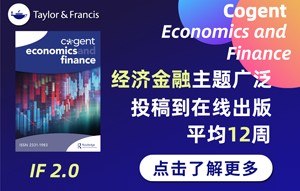
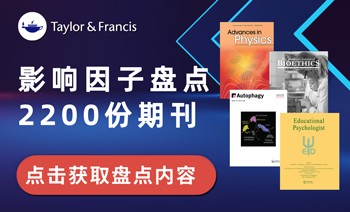
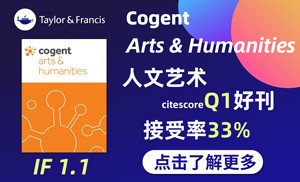
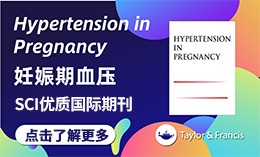
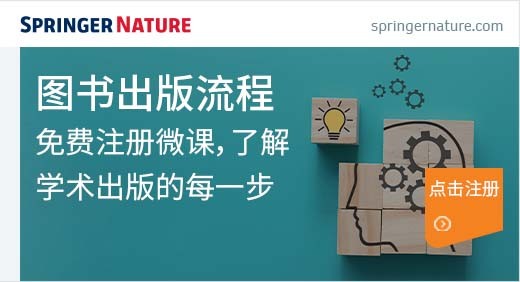



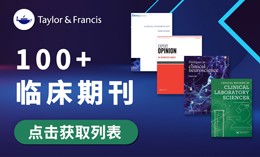

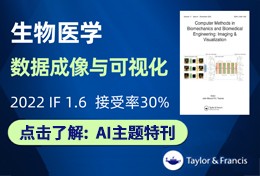

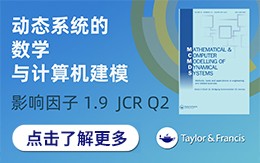
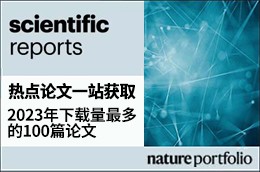
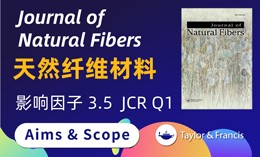
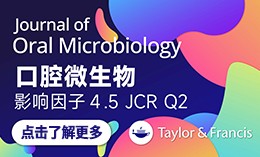
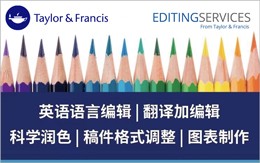
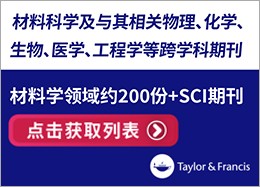


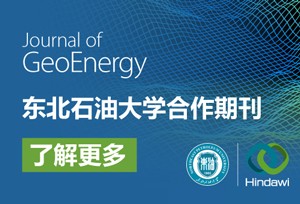
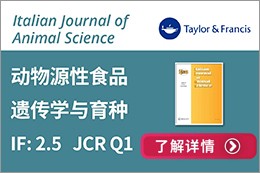














 京公网安备 11010802027423号
京公网安备 11010802027423号